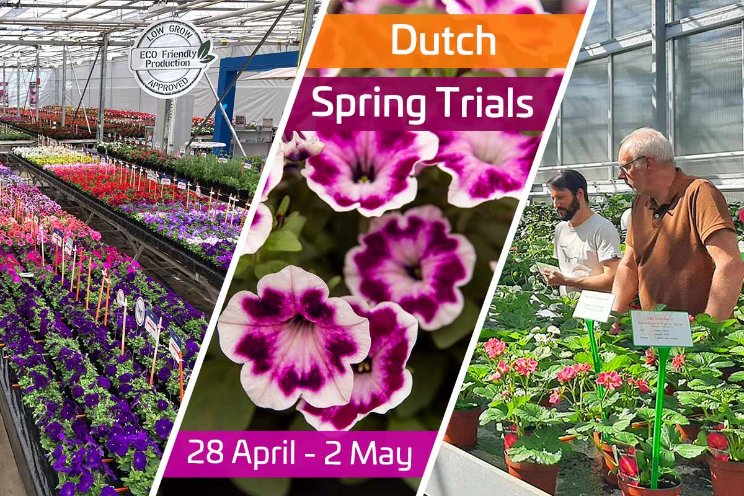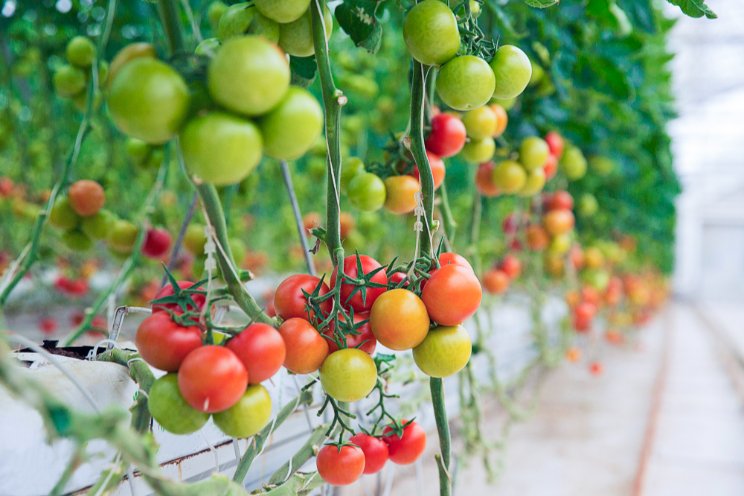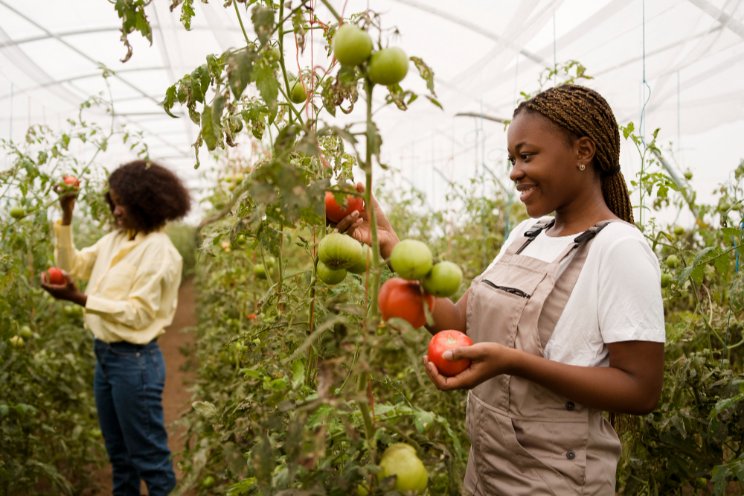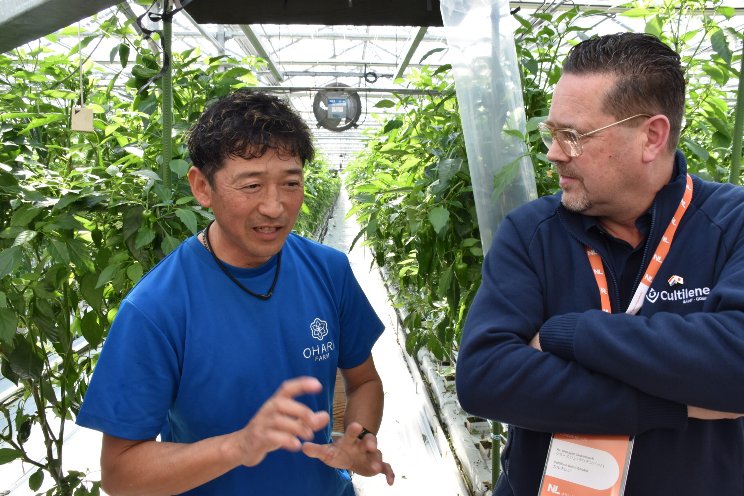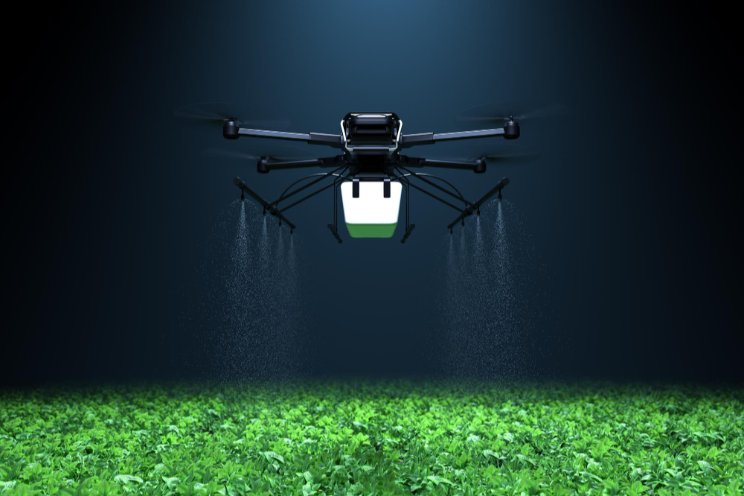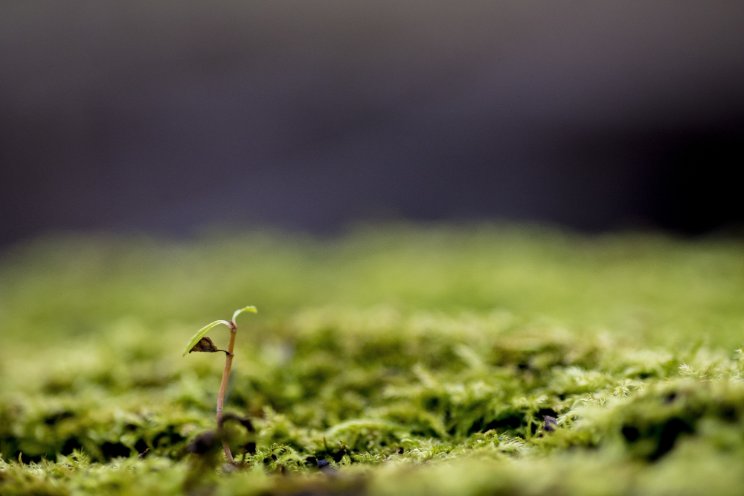HPS replacement: now is the time to switch, says LST
Added on 15 December 2022

During these darker months, lighting is likely to be switched on for the shoulder season. It is also the time when HPS lighting can fail after being turned off for so long, potentially hampering crop growth in glasshouses. LST says now presents the ideal opportunity for growers to replace HPS lighting with LEDs, and also upgrade any old LED grow lights to new to exploit the benefits.
HPS vs LEDs
It has been found that LEDs can potentially be a far more energy efficient light source than some traditional options, with a reduction in power use per unit of light output, and cost decrease per unit of light output. The average LED grow light lifespan is also up to 50,000 hours, compared to HPS grow lights which, due to the rapid light level drop off, are recommended to be changed around 8,000 hours to maintain more consistent light levels. This is good news for growers who are considering making the switch as they begin to feel the squeeze from increasing energy prices and the cost of living.
Craig Price, Operations Director of LST, said: “When you look at the current HPS lighting, a typical 600W product will deliver around 1185umol/s so the switch to LED offers significant energy savings when used correctly. With products achieving up to 3.3umol/j (subject to emission spectrum), then the equivalent energy requirement could be as low as 360W, effectively offering up to a 40% energy saving when compared to the traditional HPS lamps. In addition to this, the ongoing maintenance is almost halved when you compare the life of an LED product versus a typical HPS product. During a time when energy use increases as we head into the shoulder season, making the switch or upgrade now is a wise move.
Price freeze during cost squeeze
Craig continued: “We believe that in these uncertain times we need to support growers and businesses. That’s why we have taken the decision not to increase pricing for all our lighting products as we enter the new year, which we hope will support them. As global prices and supply chain issues are ongoing, we will review pricing in March 2023, and we will continue to offer best value across our lighting products as we navigate these current economic challenges.
Further benefits of using LED grow lights
Traditional HPS grow lights typically only convert 30% of the energy they use into usable light while LED grow lights convert around 50% of the energy into usable light. Research that unpacked the use of LEDs across different climates and applications found that LED grow lights can potentially save 10-25% of total greenhouse energy demand. These lights are also far better for the environment in the long term as they can be managed and disposed of safely compared to HPS grow lights.
LED grow lights must also be installed intelligently to ensure that growers are getting the most out of them, offering more longevity and better crop results: “Not only can energy savings be made by switching to LEDs, but further savings can also be achieved if the lighting solution is applied correctly within the growing environment. However, a poor understanding and application of any lighting solution can lead to anticipated savings being eroded.
“It’s vital to work with an experienced LED grow light partner that is customer-focused by design, as they will understand every variable and can help growers to design a sustainable solution that fits their unique growing parameters to help achieve the best possible results, while reducing both CAPEX and OPEX costs.”
More news
